- Home
- Brian Lumley
The Taint and Other Novellas: Best Mythos Tales Volume 1
The Taint and Other Novellas: Best Mythos Tales Volume 1 Read online
Best Mythos Tales, Volume One
Brian Lumley
The Taint and Other Novellas Copyright © 2007 by Brian Lumley.
All rights reserved.
Dust jacket and interior illustrations Copyright © 2007 by Bob Eggleton.
All rights reserved.
Dust jacket and interior design Copyright © by Desert Isle Design, LLC.
All rights reserved.
“The Horror at Oakdeene,” from the collection of the same name, Arkham House, 1977.
“Born of the Winds,” from F&SF No. 295, December, 1975.
“The Fairground Horror,” from The Disciples of Cthulhu, DAW Books, 1975.
“The Taint,” from Weird Shadows Over Innsmouth, Fedogan & Bremer, 2005.
“Rising With Surtsey,” from Dark Things, Arkham House, 1971.
“Lord of the Worms,” from Weirdbook No. 17, 1983.
“The House of the Temple,” from Kadath No. 3, 1980.
Electronic Edition
ISBN
9781596064003
Subterranean Press
PO Box 190106
Burton, MI 48519
www.subterraneanpress.com
CONTENTS
Introduction
The Horror at Oakdeene
Born of the Winds
The Fairground Horror
The Taint
Rising with Surtsey
Lord of the Worms
The House of the Temple
Introduction
The Cthulhu Mythos.
Just three words, yet somehow fascinating in themselves. Just imagine someone stumbling across them for the first time; better still, try to remember when you first came across them in a book of macabre fiction. For even if you had never heard of Howard Phillips Lovecraft, or his biggest fan and publisher August Derleth, or Arkham House, Weird Tales, or indeed any of the original Lovecraft Circle or later imitators, or “literary disciples,” of HPL, still in all likelihood you were struck by those words—if only because they caused you to wonder, “The Cthulhu Mythos? Now what the hell is that!?”
And how might one describe or explain to such a newcomer to weird fiction—for you could hardly be anything other than a newcomer—the pronunciation of that dreaded Name central to this unheard of mythology, Cthulhu? (What, in all seriousness, you should be informed that one whistles or burbles it?)
No, I am not going to try to offer a detailed explanation of the Cthulhu Mythos in this brief introduction; many and various authorities have already done that in as many articles and books, and it’s likely you would not have bought this volume if you didn’t already know at least something of H. P. Lovecraft’s literary legacy. But if after reading these novellas the Mythos is still a mystery to you—which I most sincerely hope is not the case—then I would refer you to the master himself: to H. P. Lovecraft, and Clark Ashton Smith, Robert E. Howard, August Derleth (of course), and to Colin Wilson, Ramsey Campbell, and a veritable host of other writers, including many Arkham House authors and even Stephen King (the latter in his notable story, Crouch End.) For at one time or another they’ve all “had a go” at the Cthulhu Mythos—as, I might add, have many dozens and perhaps even hundreds of others, most frequently amateurs whose outpourings of Mythos dross still haven’t managed to remove all of the gloss and mystique from the original concept.
Ah, but what was or is this concept? Well, actually, it’s not only a horror theme but very much a Science Fictional sort of thing, too—which states, but in a great many more words:
That this Earth and its neighbouring “dimensions” conceal centuried (aeonian?) prisoned, slumbering or hibernating alien creatures of vast evil (or total indifference?) whose telepathic dreams infest the minds of certain artistic, sensitive, and often mentally “fragile” human beings, to the extent that they are caused to meddle with seals real and metaphysical that confine these Great Old Ones in their various forgotten (drowned, buried, or extradimensional) tombs or “houses.”
As for Cthulhu: no better description of Him can be discovered than in HPL’s own The Call of Cthulhu, and any horror fan who hasn’t yet discovered Him should do so now, at once!
Myself, I came across the Mythos when I was just thirteen or fourteen in a story by Robert Bloch of Psycho fame, (though Psycho was only one of that superb writer’s achievements). The short story was called Notebook Found in a Deserted House. And from then on, for the next seven or eight years, I would keep stumbling across various hints in the weird fiction I was reading that suggested an interconnected thread or threads; a very intricate literary theme, like a web woven from oddly similar stories by a handful of disparate authors. This was, of course, the very fabric or skein of the Cthulhu Mythos, though at that time I failed to make a solid connection. (Another connection I failed to make, which was pointed out to me by Donald A. Wollheim of DAW Books fame, was that I was born on the 2nd December 1937, just nine months after Lovecraft’s death. Wollheim found the chronology or synchronicity interesting; I find it entirely coincidental.)
But then, as a young soldier taken in the draft and based in Germany—upon finding an entire book by Lovecraft, entitled Cry Horror! (the British title of a volume originally published by Arkham House in the USA)—suddenly all of these vague hints and allusions coalesced in my mind into this single, remarkable literary concept, this fictional phenomenon called The Cthulhu Mythos! But—
—I wasn’t yet an author “in my own write,” and it would be some time, several years in fact, before I was seduced onto the strands of that web myself…
In one of his introductions August Derleth described me as “A young British author”: my italics. Well I wasn’t that young. I was twenty-nine when—having by then collected almost all of the available Lovecraft material—I wrote to Derleth at Arkham House to order books. Along with monies, I sent some “extracts” from a handful of dubiously titled “black books,” the survivors of antique, now extinct civilizations that either worshipped or shunned the variously imaged “gods” and “demons” of the Cthulhu Cycle. These forbidden volumes were of my own invention (following in the footsteps of HPL and others) and Derleth seemed much taken by them; he hinted that I might like to “try my hand” at writing “something solid in the Mythos” for an anthology he was going to call Tales of the Cthulhu Mythos. Of course I attended to that immediately!
So, why hadn’t I tried my hand prior to this invitation? But I had! As a boy of twelve or thirteen I had, er, “composed” a Science Fiction yarn and read it to my coalminer father. And he, a knowledgeable but very down to earth man, had commented, “Aye, all very nice, lad—but there’s no money in words.” He simply couldn’t conceive of anyone making a satisfactory living writing fiction. And it has to be conceded that at that time a large majority of writers weren’t at all well paid.
All that aside, now (or then) at the age of twenty-nine, I began to write for Derleth at Arkham House, and of course I did so very much in the mode of Lovecraft; those early stories were steeped in the fantastical, fictional lore of the Cthulhu Mythos. So, that is where most of the stories in this book had their beginnings. I should point out, however, that not all of my Mythos stories read like HPL; they’re not all slavish pastiches, such as Derleth’s own supposedly Lovecraft “collaborations.” For despite that it narrates Lovecraftian themes, still my voice is my own.
My work in this vein has two distinct forms: novellas and short (or shorter) stories. The book you hold in your hands is from the first of two companion volumes; it contains the novellas. Volume Two will have most of my Mythos short stories that in my opinion are worthy of this sort o
f hardcover collection. The stories here presented are not in chronological order, but for readers who are curious about such matters I have included, as a preface to each novella, brief details of the when, where, and the why of its writing.
But there, enough from me; now I’ll let the Cthulhu Mythos more properly explain itself…
—Brian Lumley
The Horror at Oakdeene
My first stories were published by August Derleth in 1968, so I was still a relative beginner in the first half of 1970 when I sent him this novella. I was also still in the British Army: a recruiting sergeant, of all things, in the city of Leicester. The story was published (eventually) by Derleth’s Arkham House, but I had to wait all of seven years to see it in print in the hardcover collection of the same name, a book which is now long out of print. The Horror at Oakdeene—quite obviously the work of a beginner and very heavily influenced by Lovecraft—is one of a quite small handful of stories that has not been reprinted until now…
In the summer of 1935 Martin Spellman went to work as a trainee mental nurse at Oakdeene Sanatorium. He was twenty-four years old and already dedicated—but not to nursing. Spellman’s one ambition since his early teens had been to be an author; and since a rather odd and macabre turn of mind had dictated for his first projected work a compilation of rare or outstanding mental cases, he had decided that the best way to gain a first-hand insight on his subject—the feel, as it were, of asylums—would be to work in such an institute.
Of course, Spellman’s real intention in applying for training was kept well hidden, but that did not mean that he was not going to try his best in the job to which he was committing himself. The minimum contract period was one year, with a further year of full-time nursing, and Martin cheerfully agreed to these terms in the furtherance of his project.
His colleagues and superior officers alike were quite astonished at the unaccustomed zeal with which young Spellman threw himself into his work, and every night that he was not on duty saw the light in his room burning well into the early hours. Martin had allotted his time off-duty in the following manner: for three hours he would study the theory of mental nursing, for five hours he would work on his book. This would leave him at least six hours for sleeping in any given twenty-four hour period. At those times when night-duty came around—once or twice each week—he would alter his schedule so as to spend the same amount of time in these aforementioned tasks.
Often Martin’s immediate superior and tutor, Dr. Welford, caught him in the late summer and early autumn of the year working on his manuscripts; but who could complain about a student mental nurse writing a series of “theses” or correlations on the stranger, more complex cases of his calling? If anything Martin was to be congratulated on his studious attention to all details of his sanatorium routine.
In fact Spellman soon discovered that he did not like his work at the institute; his night-duties were an especial abomination, when on occasion he had of necessity to wander those lower corridors of Oakdeene wherein the worst patients were held resident. His harder, more stoic colleagues called the basement ward “Hell,” and Martin Spellman would not have contested this seemingly harsh appellation. It was hell down there, with the corridor lights starkly illuminating the heavy doors with their little barred spy-holes and their labels bearing brief, typed case histories of the occupants of the cells. Behind those doors, separated from Martin by only the thickness of the oak panels and battens and the rubbery warm panels within, many of Britain’s most terrible lunatics dwelt in the perpetual horror of their own madness, and Martin Spellman made sure when on night-duty that his hourly tours of Hell were undertaken with a thoroughly efficient but speedy dispatch.
One of Spellman’s so-called “colleagues” at the sanatorium, Alan Barstowe (an ugly, squat-bodied, fully-trained nurse of some thirty-five years), was able on occasion to help the trainee out with his dread of the ward known as Hell. Barstowe, it seemed, had no fear of that part of night-duty whatever; indeed, in the eerie atmosphere of the nighted asylum, he appeared to welcome the hourly visits to the lower ward. He would often exchange duties with Spellman, saying that he did not mind working nights—that in fact he preferred such duties to those of the daylight hours. Every man to his own tastes!
Spellman’s room at the institute was on the ground floor—one of four bed-living-room combinations—separated from the two mental wards on the same floor by reinforced, soundproofed walls. With the recruiting of nurses at Oakdeene going badly, two of the four “living-in” rooms were empty. The other occupied room belonged to one Harold Moody, a fully-trained, middle-aged mental nurse whose partial deafness was certainly no handicap in living directly above Hell; the flooring of the ground-floor quarters was definitely not soundproof! Not that the sounds from below bothered Spellman often, but he did notice that Hell’s inmates were always exceptionally vociferous whenever Alan Barstowe was on night-duty; and at those times the screams, moans, and gibberings from the basement ward seemed to penetrate the stone floor beneath his bed with an insistence that bothered him inwardly as well as keeping him physically awake often until four and five in the morning.
Eventually there came a time when the student and Barstowe were detailed for night-duty together, and frankly the younger man was not at all happy with the arrangement. For all Barstowe’s apparent amicability, and quite apart from the contours of his face and body, there was something ugly about the man. And yet the evening shift started quite normally at 9:00 P.M., with nothing in Barstowe’s manner to substantiate Spellman’s feelings or cause him any untoward concern.
The orders for night-duty included the stipulation that each ward would be visited—each cell, room, and occupant checked and, as far as possible, inspected once every hour. Martin Spellman had been detailed for duty in the lower wards and Hell, while Barstowe had the upper wards and the rooms of the quieter, less permanent inmates. At 11:00 P.M., when the student nurse was about to descend for the second time to the dreaded basement ward with its padding-muted gibberings, curses and moans, he was hailed from above as he stood at the top of the stone steps.
“Young Spellman! Hold on a minute,” the guttural voice of the froggish Barstowe came down to him. Looking up towards the first-floor landing, the trainee saw the squat man making his way quickly down the stairs. In his hand Barstowe carried what looked like a black stick, about eighteen inches long and with a silver tip.
As he descended, the nurse saw Spellman staring at his weapon and held it closer to his body, concealing it as best he could. “Come prepared, I always say,” he muttered with a strained grin as he came to a halt beside the trainee. “Look, Martin,” he quickly changed the subject, “I know you don’t care much for the lower wards and Hell—so if you fancy I’ll stay down here and you can carry on upstairs. I was just about to do Ward Four—so if you’d care to—”
“Ward Four? I wouldn’t mind—but what’s that for, Barstowe?” Spellman pointedly indicated the stick which the older man had almost managed to hide in the clinical white folds of his smock. “I mean, it’s not as though they were about to break out!”
“No,” Barstowe answered, turning his eyes down and away, “it’s just that I feel more…more comfortable down there with a stick. You never know, do you?”
As Spellman climbed the stairs he retained in his mind’s eye a mental picture of that stick of Barstowe’s. If one of the officers got to know of the weapon, Barstowe would be in serious trouble. Not that the squat nurse could do the inmates any harm with the thing—if threatened through the bars of a spy-hole, an occupant would. only have to move to the back of his cell to be out of harms’s way—no, obviously it was as Barstowe had explained; his stick was simply a comforter.
Nonetheless, Spellman could not help but remember those screams he listened to deep into the night whenever Barstowe was on duty in the basement ward. The funny thing was that later that night—even on the second floor, in the open rooms of the more trusted patients and in the corridors b
etween those comparatively homely billets—the trainee nurse could still hear those muted, tortured echoes from Hell….
• • •
Towards the end of October Martin Spellman’s reading and studying for his book had taken a turn toward rather more specialized cases: in particular aberrations apparently influenced by imaginary or hallucinatory “outside” forces. He had seen definite connections in a fair number of reasonably well authenticated cases—connections which were especially interesting inso far as they depicted almost carbon-copy fancies, dreams, and delusions in the afflicted parties.
There was for instance the very well documented case of Joe Slater, the Catskill Mountains trapper, whose lunatic actions in 1900-01 had seemed governed not by the moon but rather by the influence of a point or object in the heavens much farther out than the orbit of Earth’s satellite. The authenticity of this case, however, seemed to Spellman spoiled by its chronicler’s insistence that Slater was in fact inhabited by the mind of an alien being. Then there was the German Baron, Ernst Kant, who, before his hideous and inexplicable death in a Westphalian Bedlam, had believed his every insane action controlled by a creature he called Yibb-Tstll; described as being “huge and black with writhing breasts and an anus within its forehead, a black-blooded thing whose brains feed upon its own wastes….”
More recently there was Dr. David Stephenson’s recorded observations of one J. M. Freeth, a female zoophagous maniac whose declared intention was to absorb as many lives as she could. This she set about, like Bram Stoker’s Renfield, by feeding flies to spiders, spiders to sparrows, and finally by devouring the sparrows herself! She, too, as with the maniac in Stoker’s story, had been refused a cat once her intentions were quite clear! Her odd fancies had been part and parcel of her belief that she had watching over her a supernatural “God-creature” who would eventually come to release her. Miss Freeth’s obsessions and her “life-devouring” mania were far from unique, and the student collected and recorded a number of similar cases.

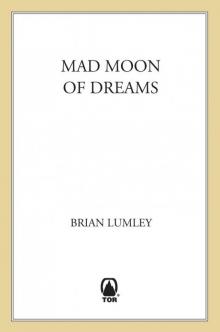 Mad Moon of Dreams
Mad Moon of Dreams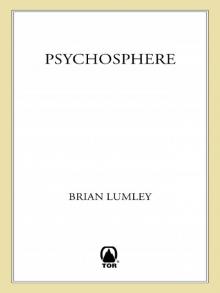 Psychosphere
Psychosphere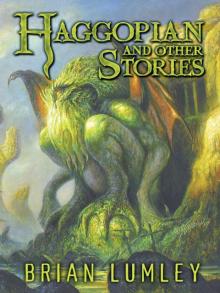 Haggopian and Other Stories
Haggopian and Other Stories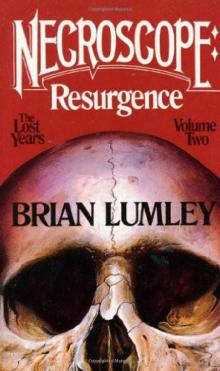 Resurgence_The Lost Years_Volume Two
Resurgence_The Lost Years_Volume Two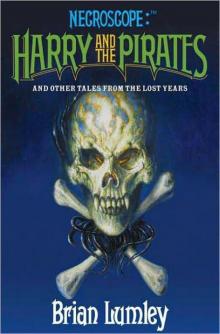 Necroscope: Harry and the Pirates: And Other Tales From the Lost Years
Necroscope: Harry and the Pirates: And Other Tales From the Lost Years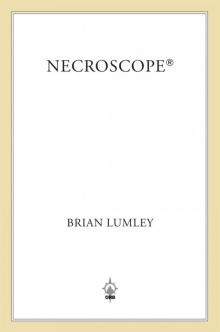 Necroscope®
Necroscope® Dreamlands 5: Questers for Kuranes: Two Tales of Hero and Eldin
Dreamlands 5: Questers for Kuranes: Two Tales of Hero and Eldin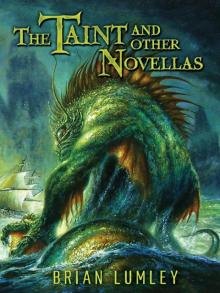 The Taint and Other Novellas: Best Mythos Tales Volume 1
The Taint and Other Novellas: Best Mythos Tales Volume 1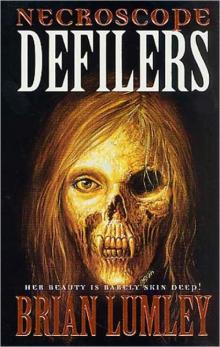 Necroscope: Defilers
Necroscope: Defilers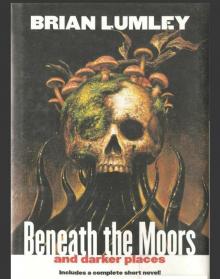 Beneath the Moors and Darker Places
Beneath the Moors and Darker Places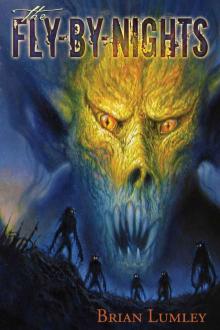 The Fly-By-Nights
The Fly-By-Nights Khai of Khem
Khai of Khem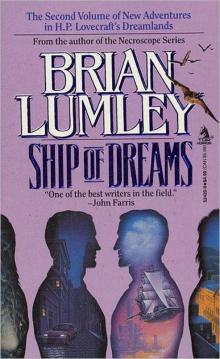 Ship of Dreams
Ship of Dreams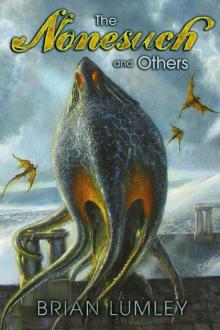 The Nonesuch and Others
The Nonesuch and Others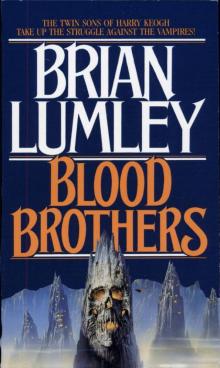 Blood Brothers
Blood Brothers Necroscope
Necroscope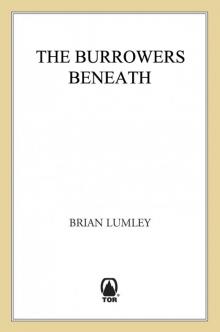 The Burrowers Beneath
The Burrowers Beneath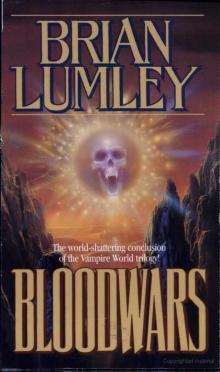 Bloodwars
Bloodwars No Sharks in the Med and Other Stories
No Sharks in the Med and Other Stories The House of Doors - 01
The House of Doors - 01 Screaming Science Fiction
Screaming Science Fiction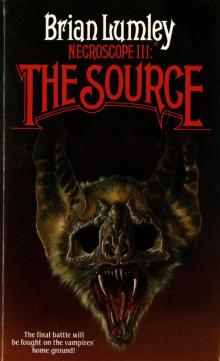 Necroscope III: The Source
Necroscope III: The Source Vampire World I: Blood Brothers
Vampire World I: Blood Brothers Iced on Aran
Iced on Aran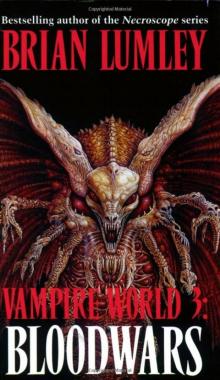 Necroscope: Invaders
Necroscope: Invaders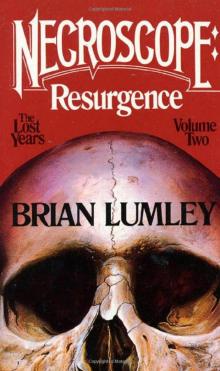 Necroscope: The Lost Years
Necroscope: The Lost Years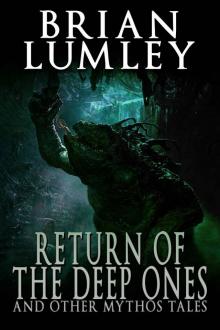 Return of the Deep Ones: And Other Mythos Tales
Return of the Deep Ones: And Other Mythos Tales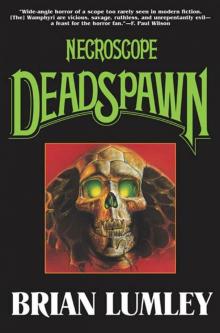 Necroscope V: Deadspawn
Necroscope V: Deadspawn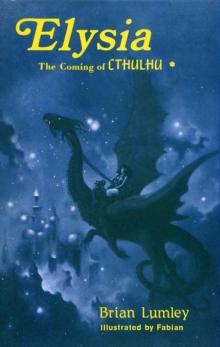 Titus Crow, Volume 3: In the Moons of Borea, Elysia
Titus Crow, Volume 3: In the Moons of Borea, Elysia Hero of Dreams
Hero of Dreams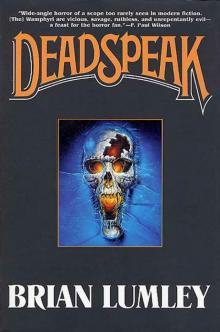 Necroscope IV: Deadspeak
Necroscope IV: Deadspeak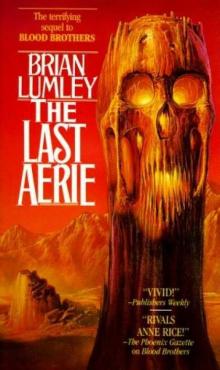 The Last Aerie
The Last Aerie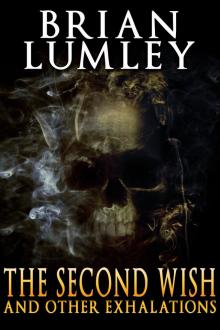 The Second Wish and Other Exhalations
The Second Wish and Other Exhalations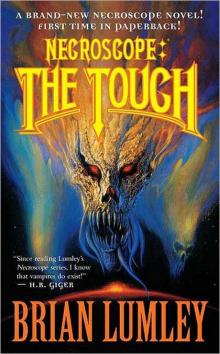 Necroscope: The Touch
Necroscope: The Touch Necroscope: The Plague-Bearer
Necroscope: The Plague-Bearer Necroscope: Avengers
Necroscope: Avengers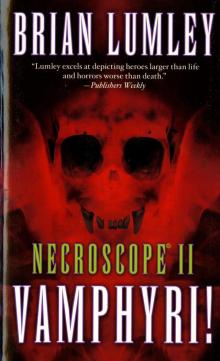 Necroscope II: Wamphyri
Necroscope II: Wamphyri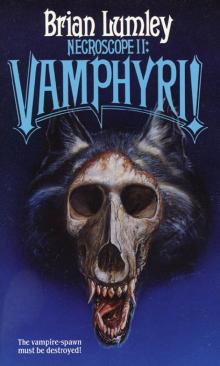 Necroscope II_Vamphyri!
Necroscope II_Vamphyri! A Coven of Vampires
A Coven of Vampires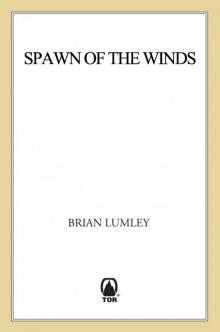 Spawn of the Winds
Spawn of the Winds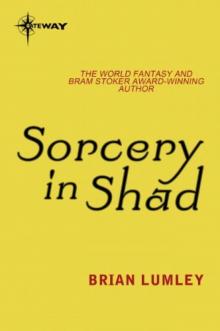 Sorcery in Shad
Sorcery in Shad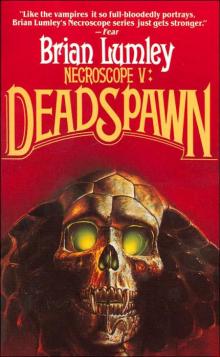 Deadspawn
Deadspawn Necroscope V: Deadspawn n-5
Necroscope V: Deadspawn n-5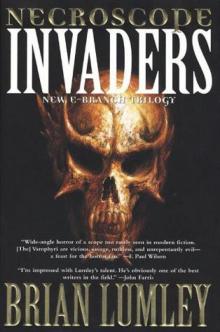 Necroscope: Invaders e-1
Necroscope: Invaders e-1![Beneath the Moors and Darker Places [SSC] Read online](http://i1.bookreadfree.com/i/03/20/beneath_the_moors_and_darker_places_ssc_preview.jpg) Beneath the Moors and Darker Places [SSC]
Beneath the Moors and Darker Places [SSC]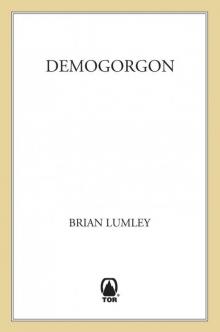 Demogorgon
Demogorgon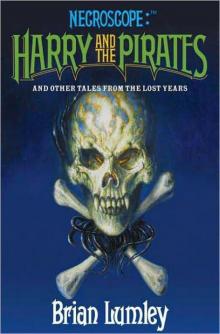 Harry and the Pirates_and Other Tales from the Lost Years
Harry and the Pirates_and Other Tales from the Lost Years Necroscope IV: Deadspeak n-4
Necroscope IV: Deadspeak n-4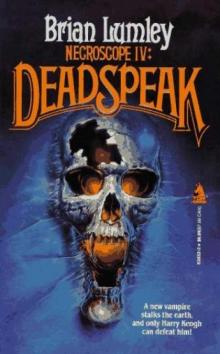 Deadspeak
Deadspeak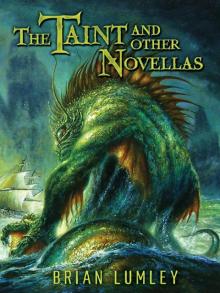 The Taint and Other Novellas
The Taint and Other Novellas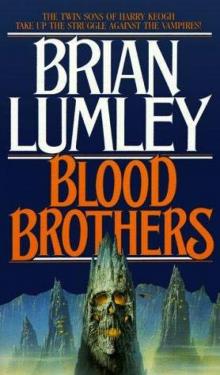 Blood Brothers vw-1
Blood Brothers vw-1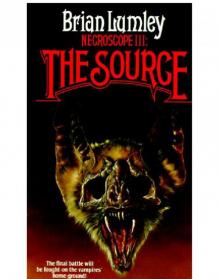 The Source n-3
The Source n-3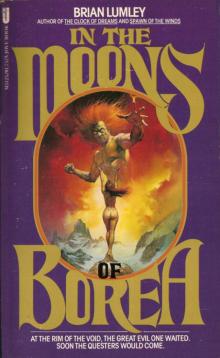 In the Moons of Borea
In the Moons of Borea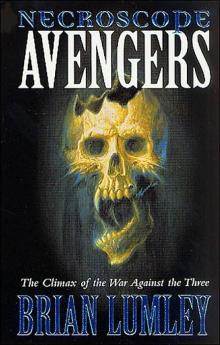 Avengers
Avengers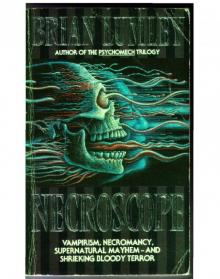 Necroscope n-1
Necroscope n-1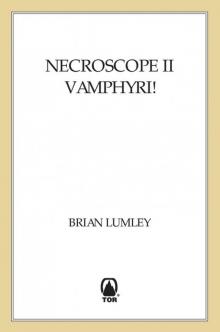 Vamphyri!
Vamphyri!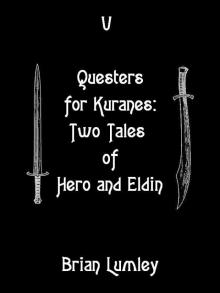 Questers for Kuranes: Two Tales of Hero and Eldin
Questers for Kuranes: Two Tales of Hero and Eldin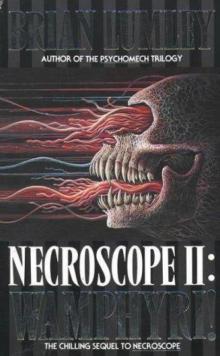 Necroscope II: Wamphyri! n-2
Necroscope II: Wamphyri! n-2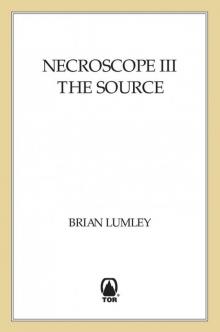 The Source
The Source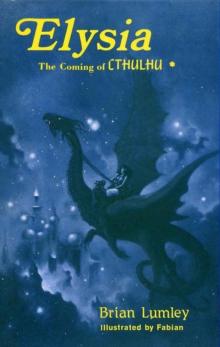 Elysia
Elysia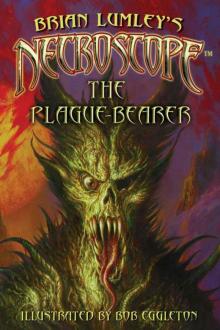 The Plague-Bearer
The Plague-Bearer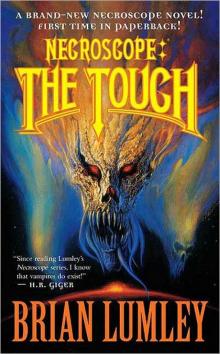 The Touch
The Touch Invaders
Invaders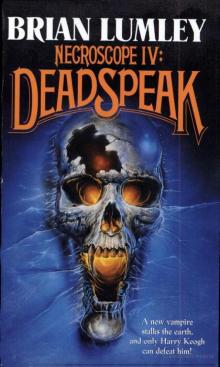 Necroscope 4: Deadspeak
Necroscope 4: Deadspeak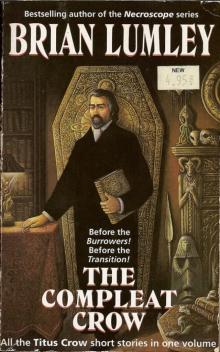 Compleat Crow
Compleat Crow The Mobius Murders
The Mobius Murders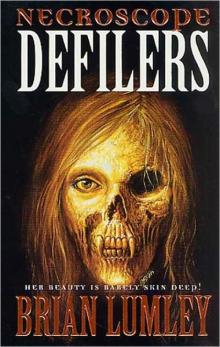 Defilers
Defilers